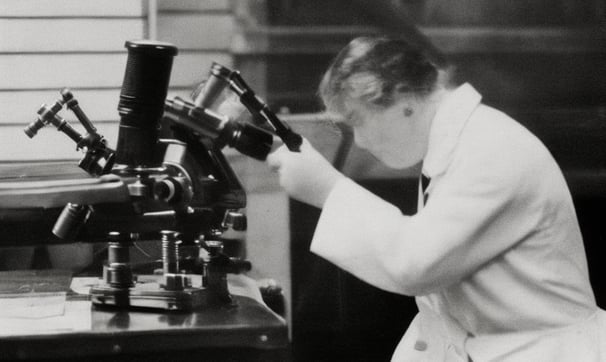Tackling the Past: The Most Significant Innovation in the Adhesive Industry of the Early 1900s
GLUE INNOVATION


This blog post explores the most significant innovation in the adhesive industry during the early 1900s, focusing on the development of synthetic adhesives and their transformative impact on various industries.
Tackling the Past: The Most Significant Innovation in the Adhesive Industry of the Early 1900s
The early 1900s were a period of significant innovation across various industries, and the adhesive industry was no exception. In this blog post, we'll delve into one of the most groundbreaking developments that forever changed the world of adhesives during that era.
The Rise of Synthetic Adhesives:
Before the early 1900s, adhesive options were primarily limited to natural sources, such as animal-based glues, resins, and plant-based adhesives. While these materials served their purposes, they often had limitations in terms of strength, durability, and application versatility.
Enter Synthetic Adhesives:
The most significant innovation in the adhesive industry during this time was the development of synthetic adhesives. Unlike their natural counterparts, these adhesives were engineered from a combination of synthetic materials, offering several game-changing advantages:
1. Enhanced Performance: Synthetic adhesives exhibited superior bonding strength and durability, making them suitable for a broader range of applications.
2. Consistency: Unlike natural adhesives, which could vary in quality due to their organic origins, synthetic adhesives offered consistent performance, leading to increased reliability in industries like construction and manufacturing.
3. Versatility: Synthetic adhesives could be tailored to specific requirements, allowing for customization based on the materials being bonded, environmental conditions, and application methods.
4. Water Resistance: Many synthetic adhesives exhibited improved water resistance, making them ideal for outdoor and marine applications.
5. Industrial Impact: The advent of synthetic adhesives played a pivotal role in the growth of industries such as automotive, aviation, and electronics, where robust bonding solutions were essential.
Key Milestones:
Two pivotal milestones in the development of synthetic adhesives during the early 1900s were:
1. Bakelite: In 1907, Leo Baekeland invented Bakelite, the world's first synthetic plastic. While not an adhesive itself, Bakelite's moldability and durability paved the way for the development of adhesives that could bond various materials, including plastics.
2. Casein Glues: Casein-based adhesives, introduced in the 1910s, were among the earliest synthetic adhesives. These glues were made from casein, a protein derived from milk, and exhibited excellent adhesion properties, especially on porous surfaces.
Legacy and Continued Innovation:
The introduction of synthetic adhesives in the early 1900s marked a turning point in the adhesive industry, setting the stage for decades of innovation and growth. These versatile, dependable adhesives became integral to countless applications, from everyday household repairs to the construction of iconic structures.
As we look back on this remarkable period of innovation, we recognize that the development of synthetic adhesives was a catalyst for the adhesive industry's evolution, sparking new possibilities and opportunities that continue to shape our world today.
